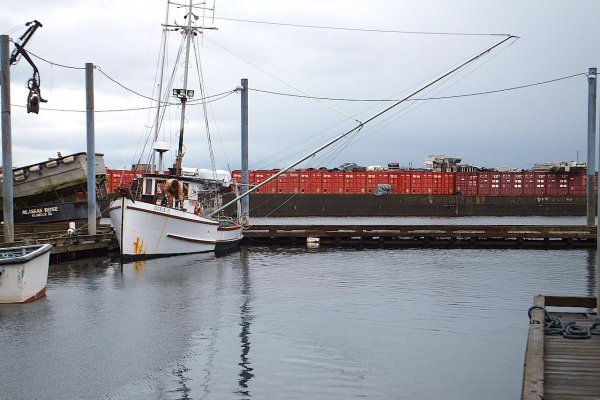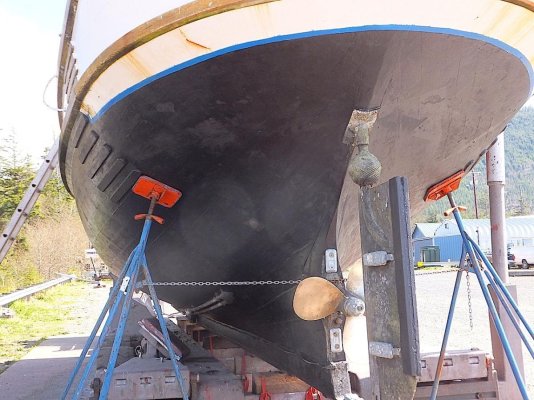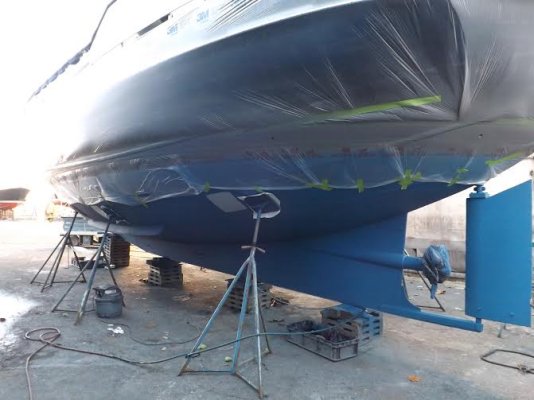Nomad Willy
Guru
Murray,
Where are you going to put rolling chocks on a low deadrise SD w nearly vertical topsides? Have you seen chocks on a hard chine boat like yours?
The only way I see to do it is sticking straight out at about a 45 degree angle. That would raise hell w your fenders and be somewhat vulnerable structurally.
And then the forces on either chocks or stab fins will be quite high. I dono Murray I’d be inclined to fasten down my helmchair real well and get a seat belt or harness. I thought of having a strut braced helmchair pedestal too. My wife just sits sideways and closes drawers w her feet.
Where are you going to put rolling chocks on a low deadrise SD w nearly vertical topsides? Have you seen chocks on a hard chine boat like yours?
The only way I see to do it is sticking straight out at about a 45 degree angle. That would raise hell w your fenders and be somewhat vulnerable structurally.
And then the forces on either chocks or stab fins will be quite high. I dono Murray I’d be inclined to fasten down my helmchair real well and get a seat belt or harness. I thought of having a strut braced helmchair pedestal too. My wife just sits sideways and closes drawers w her feet.







